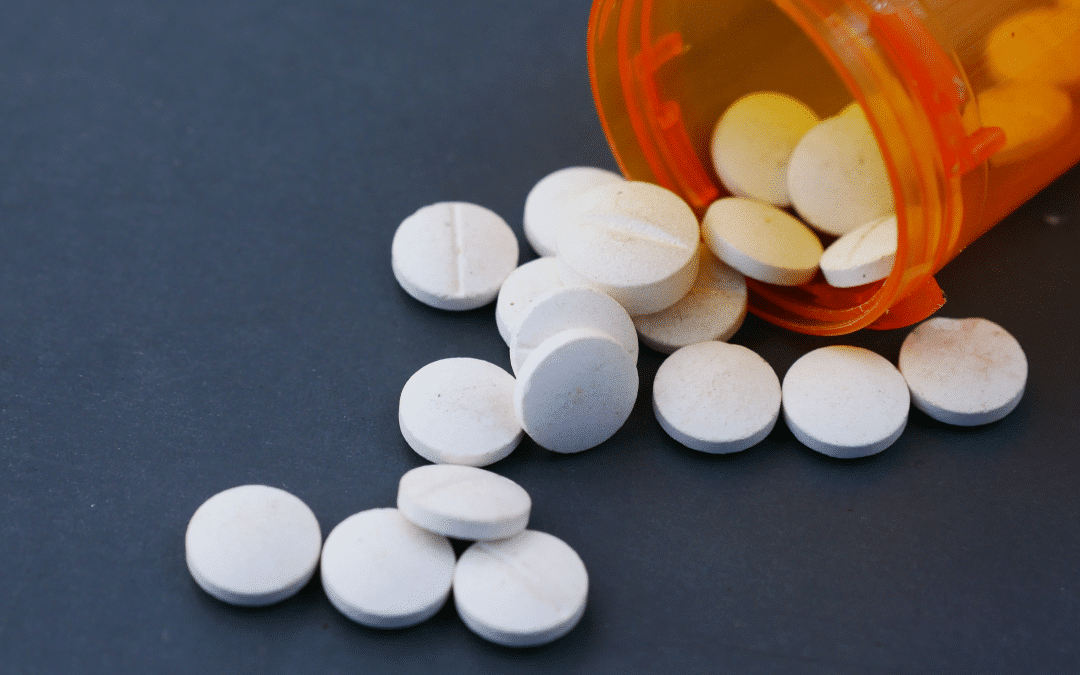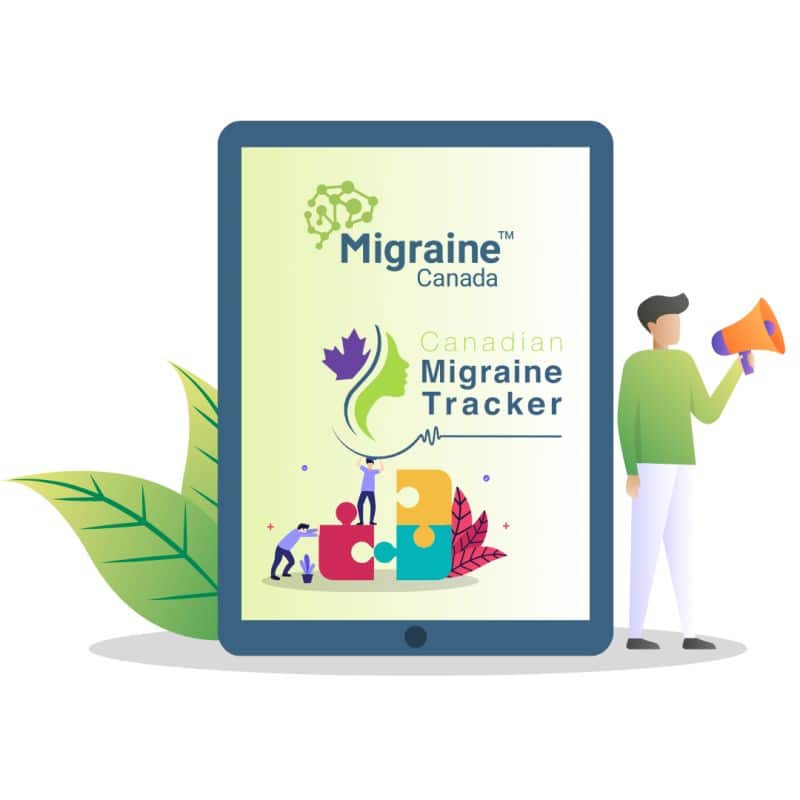Addressing medication overuse is crucial for managing chronic headache. If you suspect overuse may contribute to your headache problem, withdrawal might be necessary. This article offers key tips to help you navigate the withdrawal process, from discussing options with your healthcare provider to gathering support from your network. Start your journey to relief with expert advice and practical strategies today.
Tips for Planning a Withdrawal
1. Clarify with your healthcare provider if withdrawal is necessary
- Discuss Necessity: People who use frequent acute medications often suffer from chronic migraine to start with. Sometimes, the best way is to optimize prevention. Treatments like topiramate, Botox, CGRP antibodies and gepants have been shown to be effective even when someone is “overusing.” Indeed, if a preventive works, then the person uses less acute meds and there is no problem of overuse anymore!
- Evaluate Medication Use: In certain situations, the overuse is really driving the headache problem and might decrease the effectiveness of preventives. The use of opioids and barbiturates, in particular, may be an issue. You should discuss this with your healthcare provider.
2. Get information before you start
- Mental Preparation: Withdrawal requires mental strength and determination. Understand what to expect and be clear about your reasons for stopping the medication. To learn more, see our post on Medication Overuse Headache.
- Expected Outcomes: Around 20-30% of people improve after brief advice, and 70% can return to episodic headache status after an organized withdrawal, with headaches improving by 50%. Simply put, your chances of improving after a withdrawal are more than 50%!
3. Collaborate with your healthcare provider
- Support and Medications: Your healthcare provider can offer support, provide information, prescribe preventive treatments, bridge therapy, or other supportive medications, and even provide a sick leave if needed.
- Plan for Rest: Rebound headaches during withdrawal can be challenging, so make sure to plan some rest time during this process.
4. Get support from your network
- Inform Close Ones: You should not be alone in this process. Explain to your close ones what you are doing and why. Their support and encouragement is crucial, especially if they witness distress during the withdrawal.
5. Be aware that some withdrawal situations are easier than others
Withdrawal is generally easier under the following conditions:
- No opioid use
- No severe anxiety or insomnia
- No addiction problems
- No other chronic pain
- Shorter duration of overuse
- Underlying migraine (not tension type or new-daily headache)
- No history of previous failures at withdrawal
More support and careful planning are needed if the elements above present, but success is still possible.
6. Research on withdrawal approaches
- Cold Turkey Approach: Research suggests that stopping all acute medications at once can be more effective, especially in simpler cases.
- Bridge Therapy: Many bridge therapies exist, but most are not clearly proven. A bridge therapy is usually a medication used during the withdrawal to ease the withdrawal symptoms and the rebound headaches. Examples include oral steroids, celecoxib, IV DHE, antiemetics, anti-inflammatories, and even long acting triptans (if triptans are not overused). Clonidine can be used to manage opioid withdrawal.
7. Some people may require inpatient withdrawal
Indeed, there is research suggesting that a withdrawal at home is not always feasible. The anxiety may be too high to manage, there might be withdrawal symptoms, and if the person has to run the household, rest might be limited. Different protocols exist around the world. Most of these involve multidisciplinary care, nursing support, IV medications and sometimes blocks and injections. The inpatient stay can be a few days to two weeks.
In Canada, it is very difficult or often impossible to access inpatient withdrawal for medication overuse headache, as inpatient beds are often reserved to very acute medical situations.
8. Duration of withdrawal
- One Month Recommendation: A withdrawal duration of one month is typically recommended, with the first two weeks being the most difficult. Withdrawal from triptans may be quicker, while opioids might take longer.
9. Managing opioid withdrawal
- Slow Taper: Discuss with your physician if you need to taper off opioids slowly. Support therapies like suboxone or methadone can be used if there’s a problem with opioid tolerance or addiction. If you are using high doses of opioids, it is possible that your headache neurologist will not be comfortable to manage your withdrawal. The help of a Pain Clinic might be needed.
10. Success and recurrence
- Success Is Not Guaranteed: Not everyone achieves success after withdrawal. Some people are unable to stop acute medications for various reasons. About 10 to 20% of people, especially those with complex situations, may drop out of the withdrawal process. However, this is not the end of the road. Another attempt could be successful, especially with a new preventive strategy or additional support.
Monitor for Recurrence: You did it! You successfully stopped and are now doing much better. However, your brain is still prone to headaches and the vicious cycle of overuse. During difficult headache phases, it’s not uncommon to increase the use of acute medications again. In fact, 25 to 35% of people will relapse. Be watchful, use a diary, and if you see things slipping out of control, discuss with your physician to find other ways to decrease your headache frequency.
11. Inform your physician
Share this information with your healthcare provider to ensure they are informed about the best practices for managing medication overuse headache and withdrawal.
References:
- Vandenbussche N, et al. “The Many Faces of Medication-Overuse Headache in Clinical Practice.” Headache, 2020;60(5):1021-36.
- Kristoffersen ES, et al. “Brief intervention by general practitioners for medication-overuse headache, follow-up after 6 months: a pragmatic cluster-randomised controlled trial.” J Neurol, 2016;263(2):344-53.
- Chiang CC, et al. “Treatment of medication-overuse headache: A systematic review.” Cephalalgia, 2016;36(4):371-86.
Post #805



